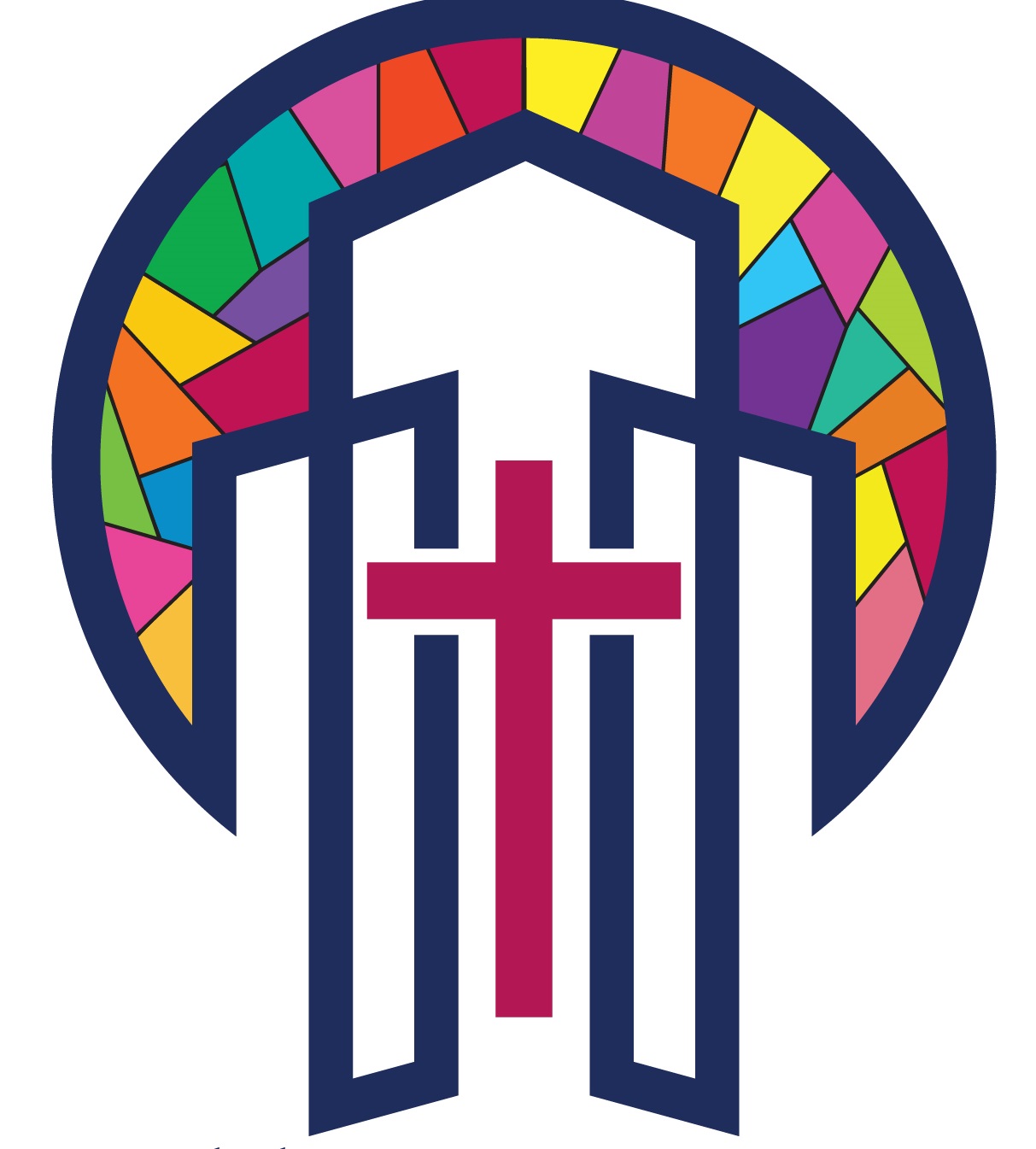The Rev. Joseph Farnes
All Saints, Boise
February 19, 2023
Last Epiphany, Year A
I grew up in Eastern Idaho at the base of the foothills. Looking outside from the front door, my vision has always been drawn to Taylor Mountain rising up in the southeast. In winter, it was capped with snow. For a brief moment in the spring, it was green. As summer would drag on, it would turn more and more beige as plants dried up. Taylor Mountain stands there as a fixture of my childhood, and I still navigate by it.
Mountains are a sacred space to me. They’re where earth meets the skies. But that sacredness doesn’t call me to ascend the mountain. Sure, I’ve been on the mountain before, I’ve looked down at the Snake River Plain from a lovely vantage point. But being on the mountain was not the same as looking up at it.
If I see the mountain, I know where to go. My eyes are drawn up to the skies. I contemplate the divine. I see the clouds moving with determined speed. I can feel my heart pounding as it imagines my place in the universe. On the mountain, I can see everything all spreading outward, I can see the patterns etched into the ground and the world spreading out to the horizon, but my life isn’t on the mountain: it’s elsewhere. I can be many places and still see the mountain; if I’m on the mountain, there’s only one place I can be.
Today, the last Sunday before Lent, we always return to this story of the Transfiguration of Jesus. Jesus takes three disciples up to the mountain, and there he is wonderfully transfigured, changed into this divine and marvelous radiance, and there stands with him Moses and Elijah, the archetypes of the Law and the Prophets. Jesus is the fulfillment of promises and hope. He is the way, the truth, and the Life itself.
Why Moses, and why Elijah? They represent the Law and the Prophets. As we hear today, Moses ascends the mountain to receive the Law, and he comes down a changed man. His face shines with radiant glory. And Elijah – he ascends a mountain as the powers that be seek to kill him, and Elijah has a heart-to-heart and a face-to-face with God in the stillness. And on this mountain, Jesus talks with them – not as distant figures from an ancient past, but as vibrant and alive as Jesus himself is, and Jesus takes Peter, James, and John up the mountain with him to behold this vision of glory that they may understand the journey ahead. Peter, James, and John can see that the cross looming on the horizon is not, cannot, will not be the end of the story.
Jesus offers us a glimpse not only of his full glory but of the glory that is being revealed through this journey of Lent. We worship a God who takes our full humanity, who walks alongside us and journeys to the cross where he experiences rejection, pain, and death, and we worship a God who also brings us to the fullness of divine life.
Transfiguration Sunday gives us a vantage point above the horizon to see Lent stretching out ahead of us. We see the wilderness where Jesus is tempted. We see Jesus making the journey to Jerusalem. We hear the loud hosannas for Palm Sunday and the raging crowd on Good Friday. We can see the empty tomb off in the horizon and hear Mary Magdalene’s joyful voice as the first herald of the resurrection.
But we shouldn’t forget where we stand today. When we’re standing on the mountain, we peer off into the distance and see everything down below, stretching off into the horizon, all the beauty below. But being on the mountain means we don’t see the majesty under our feet. We don’t see the mountain. If we’re going to see the beauty of the mountain again, we have to go down the mountain.
The Transfiguration is a glimpse of what lies ahead even far beyond the resurrection. The fullness of divine live, divine communion, the fulfillment of the Law and the Prophets. But we can’t stay here. We can’t stay on the mountain and fully cherish its beauty in this life. We get a glimpse, we see with greater vision, but we must descend the mountain if we are to see the beauty of the mountain again.
The mountain is a glimpse, but the mountain itself is not the dwelling place. The Transfiguration is a glimpse, but we are not to dwell here, either. We must descend the mountain and go on the long journey of Lent.
But don’t forget that the Transfiguration is our guide. The mountain remains as a guidepost, a landmark to orient us in the journey. When I drive home to visit my parents who still live in my childhood home, I know that I am getting closer and closer as I see Taylor Mountain rising in the southeast. I know where I’m going. I’m not going to Taylor Mountain – I’m going home. But the beauty of the mountain reminds me I’m home, reminds me of where I’m going, reminds me of the majesty of creation.
As we enter into Lent, keep the Transfiguration in your mind. We won’t be returning to stand on the mountain with Jesus, Moses, and Elijah. But we can see our way through the wilderness, to Jerusalem, to the cross, to the resurrection by looking to the mountain of the Transfiguration and remembering the glory that we have seen, a glory that Jesus will gladly share with us in the fullness of his life.
